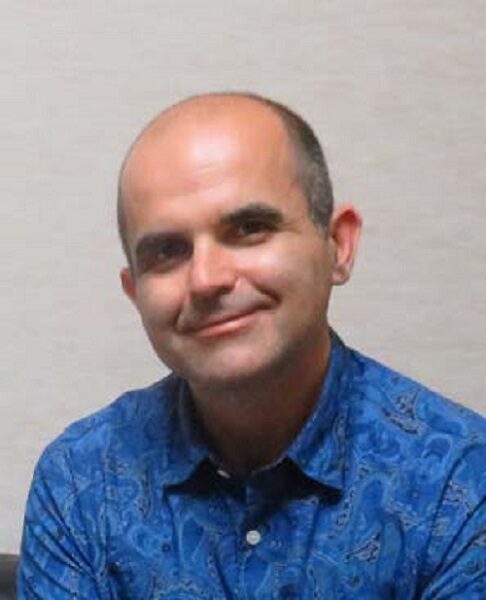[Seminar] Technomimetic nanomachines : Molecular wheels, vehicles, rotors and motors

Date
Location
Description
Title: Technomimetic nanomachines : Molecular wheels, vehicles, rotors and motors
Speaker: Prof. Gwénaël Rapenne,
University Paul Sabatier and NanoSciences Group, CEMES-CNRS, Toulouse, France
Abstract:
In the macroscopic world, the movement of rotation is at the source of many examples of machines. Advances in the imaging and manipulation of single molecules has stimulated much interest in the synthesis of molecules exhibiting unique mechanical properties. Technomimetic molecules[1] are molecules designed to imitate macroscopic objects at the molecular level, also transposing the motions that these objects are able to undergo.
In this presentation will be presented the preparation and single-molecule study of molecular vehicles capable to transport a cargo and unidirectional molecular motor with a possibility to reverse at will the rotation. The nanovehicles with two[2] (wheelbarrow in this case) or four triptycene[3] wheels are assemble around a polycyclic aromatic hydrocarbon platform. The molecular motor[4] is built around a ruthenium center coordinated to a cyclopentadienyl ligand terminated with ferrocene electroactive groups. The synthesis of the motor will be presented as well as variable temperature NMR experiments, electrochemistry and STM study showing the control of the unidirectional rotation[5]. The motor adsorbed on a gold surface can be made to rotate in a clockwise or counterclockwise direction by selective electron tunnelling through different sub-units of the molecule. The directional rotation originates from saw-tooth-like rotational potentials, which are solely determined by the internal molecular structure and are independent of the surface adsorption site. This is the first exemple of a molecular motor working reversibly. During this presentation, I will also show the simultaneous and coordinated rotational switching of europium double-deckers in a network.[6]
References:
[1] (a) G. Rapenne, Org. Biomol. Chem. 2005, 3, 1165; (b) G. Rapenne et al, Top. Curr. Chem. 2014, 354, 253.
[2] L. Grill, F. Moresco, G. Rapenne, S. Stojkovic, X. Bouju, C. Joachim, Nature Nanotech. 2007, 2, 95.
[3] (a) H.P. Jacquot de Rouville, R. Garbage, R.E. Cook, A.R. Pujol, A.M. Sirven, G. Rapenne, Chem. Eur. J.
2012, 18, 3023; (b) C. Joachim, G. Rapenne, ACS Nano, 2013, 7, 11.
[4] G. Vives, H.P. Jacquot de Rouville, A. Carella, J.P. Launay, G. Rapenne, Chem. Soc. Rev. 2009, 38, 1551.
[5] U.G.E. Perera, F. Ample, H. Kersell, Y. Zhang, J. Echeverria, M. Grisolia, G. Vives, G. Rapenne, C. Joachim, S.-W. Hla, Nature Nanotech. 2013, 8, 46.
[6] Y. Zhang, H. Kersell, R. Stefak, J. Echeverria, V. Iancu, G. Perera, Y. Li, A. Deshpande, K.-F. Braun, C. Joachim, G. Rapenne, S.-W. Hla, Nature Nanotech. 2016, doi : 10.1038/nnano.2016.69.
Host: Prof. Fujie Tanaka
Attachments
Subscribe to the OIST Calendar: Right-click to download, then open in your calendar application.



